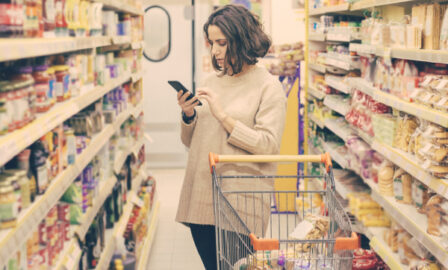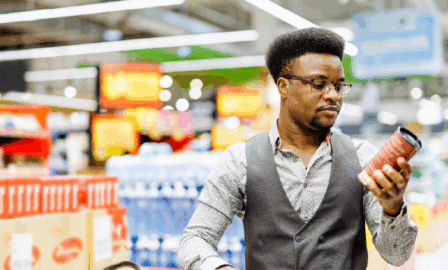Make it a Double? Shifting Trends in Alcohol Sales
The recent COVID-19 pandemic has disrupted many aspects of daily life. Anecdotally, people are talking about how we are drinking more to cope with the added stress. However, Bloomberg News recently reported that Americans are drinking less alcohol than prior to pandemic. While sales of alcohol at grocery stores and convenience have increased dramatically, this sales volume is not enough to offset the closures of bars and restaurants. Talk within the industry suggests that it may not fully recover until 2024.
What has not changed is the fact that Americans have shifted their drinking habits. Overall alcohol sales have been declining steadily as younger generations look for healthier alternatives. Legal marijuana is also beginning to compete with alcohol, especially with younger consumers.
June reporting by the beverage industry showed that the type and location of alcohol purchased have shifted in a big way. Soda-based malt drinks with unique flavors are increasing while hard liquor sales have slid. The non-alcoholic beer category is seeing the greatest growth of all segments. This category has been increasing steadily since craft breweries began producing flavorful small batch options that provide better taste and finish than those offered by the big brands such as Budweiser and Coors.
Adapting to Changes in Alcohol Sales Trends
The industry is reacting to the changes by reevaluating their distribution channels. With bars and restaurants opening slowly (or not at all in some markets) companies have shifted promotions and attention to the convenience stores and supermarkets. The sales at these stores have, in many cases, doubled so the pressure to keep inventory stocked is now the priority. Deliveries and store visits by sales reps are up to keep coolers fully stocked in convenience stores that typically have limited storage capabilities.
We’re also seeing an increase in DTC and home delivery options. The Boston-based alcohol delivery platform Drizly saw a sales increase of 535% above its expectation during the week of April 13 with growing numbers each week. There’s also been a trend of at-home cocktail making, DIY online classes with bartenders, and virtual happy hours.
The effects of the pandemic are both commercial and personal with neither area escaping disruption. The alcohol industry is trying to find offerings that replace the cocktail-at-a-bar experience which might explain the shift to pre-made flavored options such as White Claw and other hard seltzer options. Deliveries and service to smaller outlets is increasing since they have become the primary means for getting their product to the customer.



